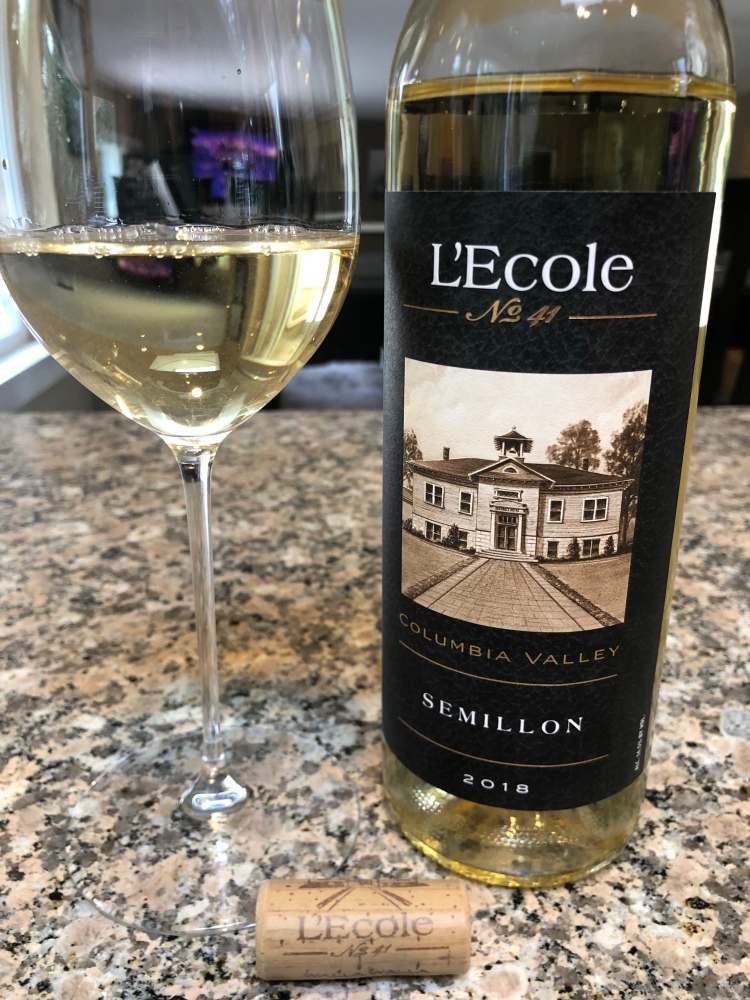
Sémillon is a white grape, which again is a grape that originates from France, specifically the Bordeaux region. It is commonly mixed with Sauvignon Blanc in the making of a dessert wine called Sauternes (I will discuss this wine in December). Sémillon is commonly used as a blending grape but when it is made into a single varietal dry wine, it can either be crisp and acidic, exhibiting citrus fruit flavors, and having lower alcohol contents if it is grown in a cooler climate or can be fuller bodied with notes of stone and tropical fruits when grown in warm climates. Sometimes, the wines made from this grape are aged in oak, which imparts toast or butter notes and increases the richness of the wine texture.

During the 19th century, plantings of Sémillon started making their way around the world, first in South Africa. While it has fallen behind in vines planted to other white grapes in the country, it did continue its great migration to Australia. The Hunter Valley region has been particularly successful in producing higher quality wines with this grape. The grapes are harvested early enough to maintain a moderate level of acidity and also lower level of alcohol. The acidity allows the wine to age, making the wines wonderfully complex after 10 or more years. Other regions in Australia also produce dry wines with Sémillon but more winemaking methods are implemented that don’t always allow the characteristics of the grape to show through. Sémillon is not a common grape grown in the US, except for one winery that has done so successfully since 1983. L’Ecole in Walla Walla, Washington, produces a consistently complex and lovely Sémillon each vintage.

The bottle I selected for this week’s tasting is a 2018 L’Ecole Sémillon. This vintage was a blend of 85% Sémillon and 15% Sauvignon Blanc. Since it is typically bright and citrus forward, I decided to pair it with sushi. The light brassy hay colored wine had aromas of lemon pith, key limes, white grapefruit, honeysuckle, lemongrass, and green apple. The sushi I selected were rolls consisting of tuna (my favorite), avocado, and assorted sauces. This wine has a high alcohol content, so limiting the amount of spice, either sauces or wasabi, would be ideal as they accentuate the sensation of the alcohol. The sweeter elements of the sushi, the sriracha mayo and sweet chili sauce, were excellent counterbalances to the acid but also addicting with the citrus notes. One of the rolls was topped with cilantro. This was brilliant with the honeydew and floral notes the wine exhibited. Fresh tuna and bright citrus were fantastic. The Marvelous roll was filled with tempura shrimp and fresh tuna, then topped with avocado and garlic sauce. The pairing with the wine was phenomenal. The garlic sauce added a savory sweet aspect, while the other items were rich enough to balance the wine. I will definitely be adding this wine variety to my go to list the next time I have sushi!
-TheLooseTannin